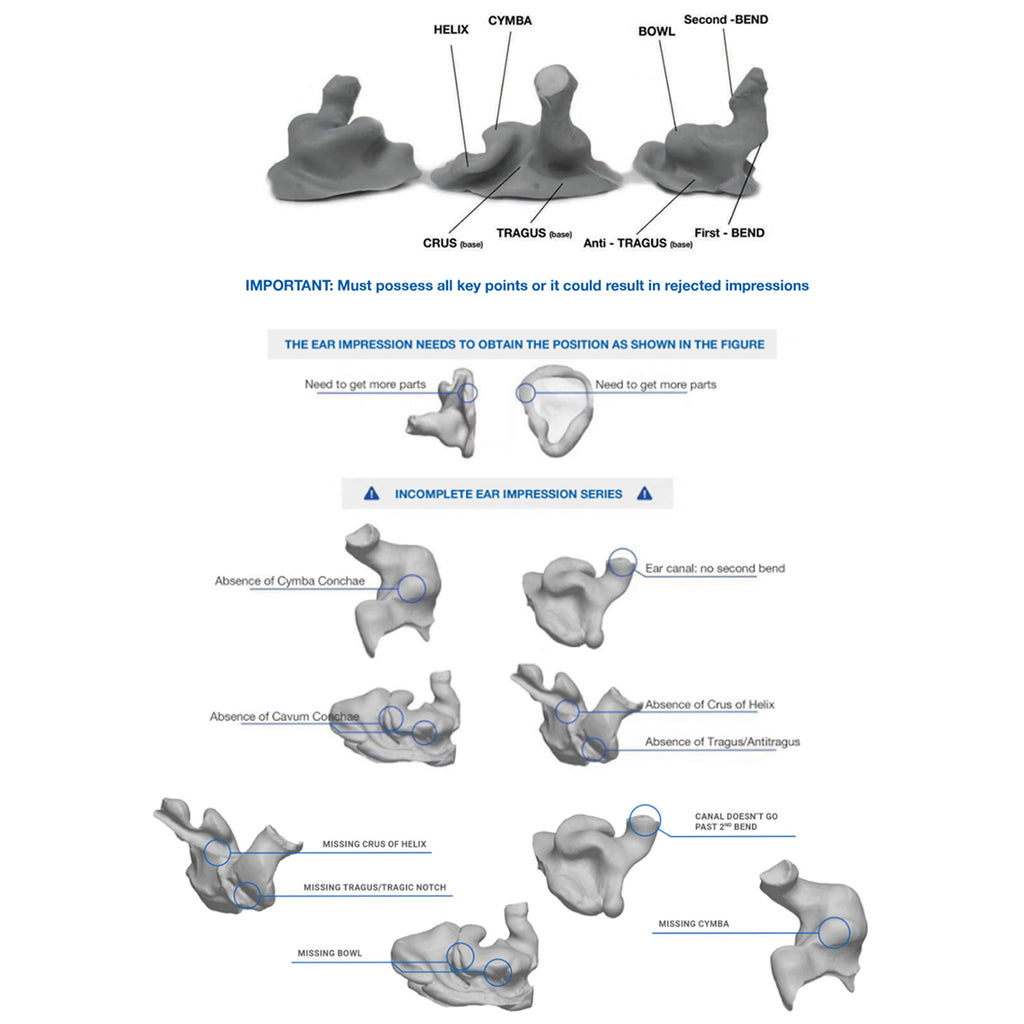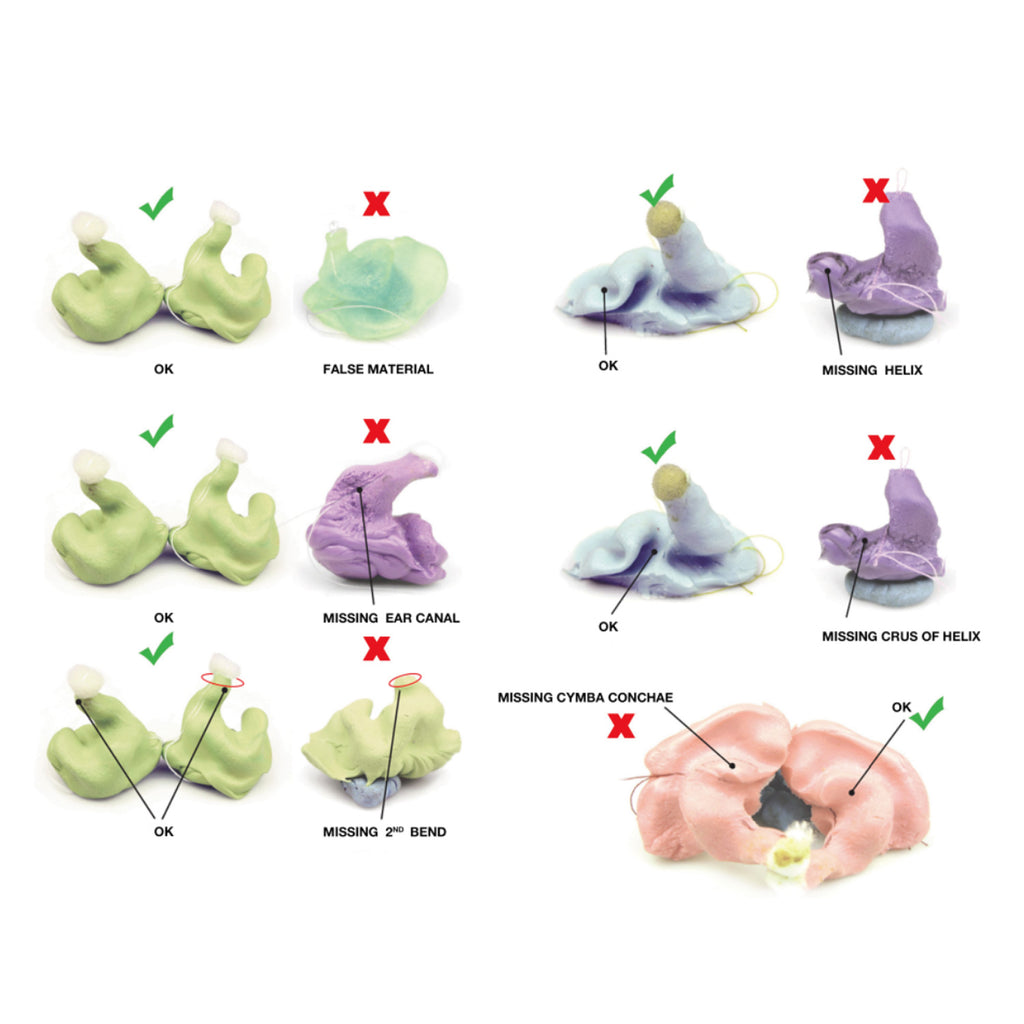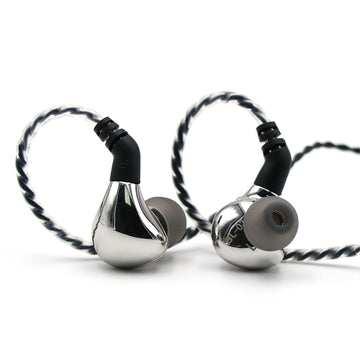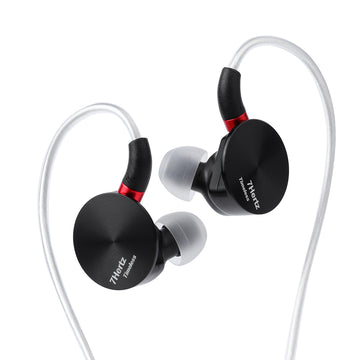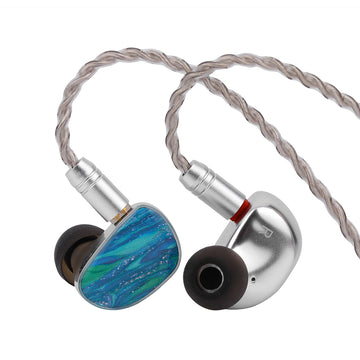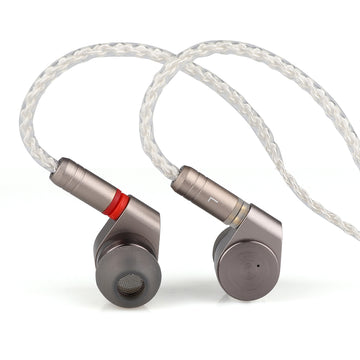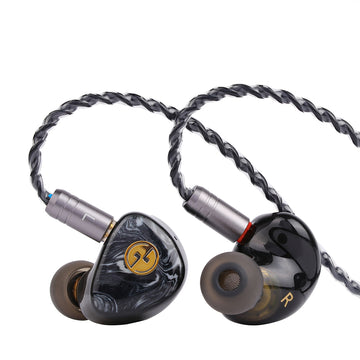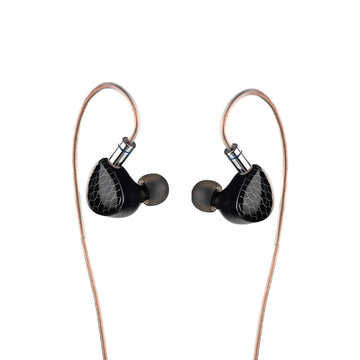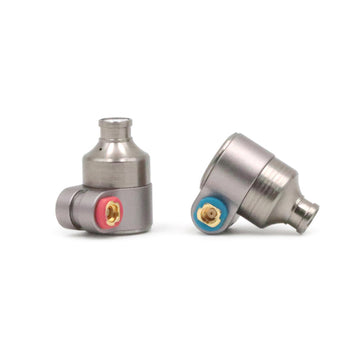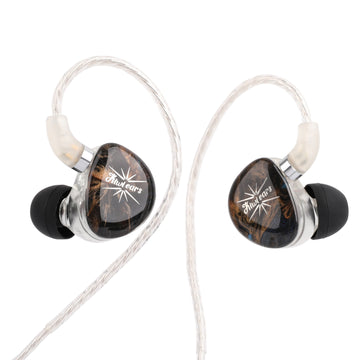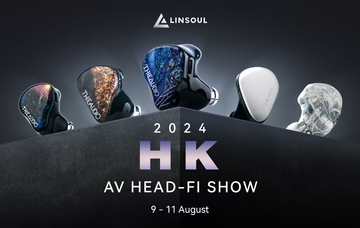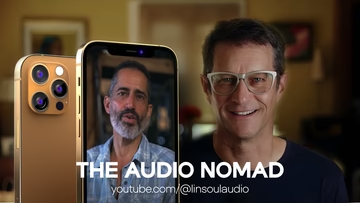SUPPORT
CUSTOM In-Ear Monitors (CIEM)
What is a CIEM?
A great-fitting pair of custom in-ear monitors begins with a great pair of ear impressions, which are taken by a hearing professional called an Audiologist.How to get your ear impression?
Schedule an appointment with an audiologist and tell them you want to have your impressions made for custom in-ear monitors. Access our map of recommended Audiologists by clicking here or use a local search directory. Note: The cost of your impressions must be paid directly to the Audiologist and cannot be billed to Linsoul.How to get your CIEM?
Before you get your CIEM, you need to get your ear impression first.❖Get Your Impressions Approved
BEFORE sending your impressions to us, you must send us photos so that we can approve them. Refer to the Customer Impression Guide in the previous step for instructions. After you have sent your photos to Linsoul, a customer representative will respond to you within 1 business day.
❖Mail Your Impressions
Once you’ve received confirmation from us that your impressions have been approved, fill out the Impressions Packing Slip, place it in the package with your impressions, and mail it to us. (Please contact us for our shipping information).
We highly recommend using a shipping method that provides a tracking number (FedEx, UPS, DHL, etc). Please allow up to 1 business day for processing after your ear impressions arrive at the Linsoul lab. Once they have been processed, our lab will contact you and confirm receipt of your ear impressions
HELPFUL TIPS FOR OUR AUDIOLOGIST PARTNERS
1. Our professional in-ear monitors require a full shell earpiece. Full shell impressions must include the full helix, crus of the helix, tragus and antitragus.
IMPORTANT: The impression must be taken just past the second bend of the ear canal.
2. The impressions must be made of high viscosity silicone impression material.
3. We also require the canal dams be made of cotton instead of foam. Foam tends to tear the end of the impression when it is being separated.
4. The impression can either be taken with the customer's mouth opened or closed.
If your CIEM is purely for musical enjoyment, you may take a close-mouth ear impression.
If you are a performer/singer, you may take an open-mouth impression as it ensures a more secure fit while the artist is singing, playing an instrument or talking. Use a 1-inch bite block during the impression process. This stabilizes the process and is more comfortable for the customer. This also ensures that there is no jaw movement while the material is curing.
